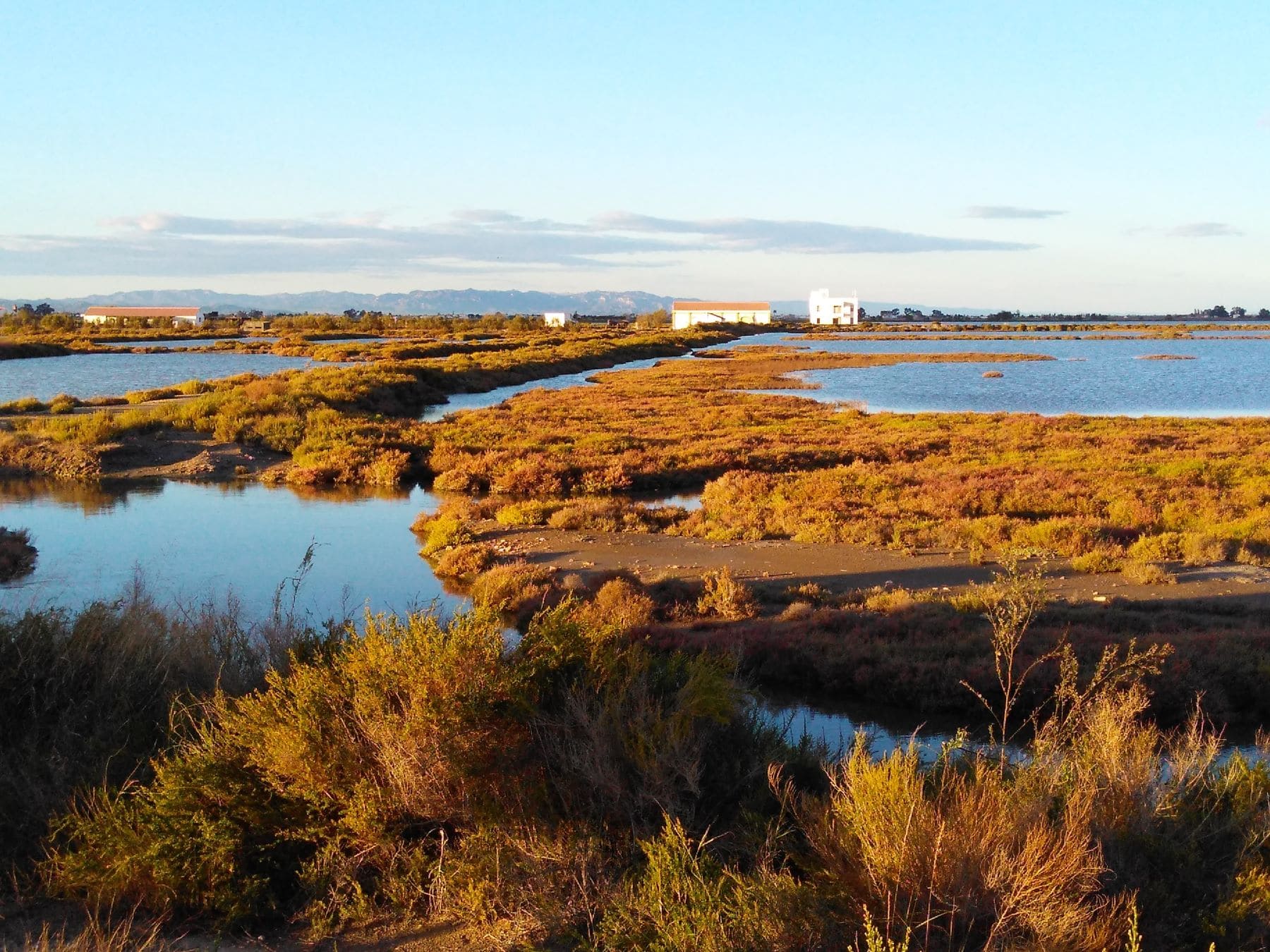The Ebre or Ebro River runs through the plain before ending its journey in the Mediterranean. As he passes, he traces a scenario of geographical, physical and natural singularity completely incomparable. Rooted in its course, traditions, culture, architectural heritage, crops and history coexist.
With its 320 km2 of surface, the Delta de l’Ebre is the largest aquatic habitat and also the most fragile of the Catalan landsas well as an enclave of vital importance among the humid areas of the Mediterranean Sea. Its rice fields are characteristic.
Delta de l’Ebre in danger
Nactiva, collective platform for protection and regeneration of natural capital in the Mediterraneanand the Center for Climate Resilience have sealed a strategic alliance to launch a new project that is integrated into the Nactiva Water area, focused on the development of transformative solutions for the adaptation of the Ebre Delta to climate challenges. .

Coordinated by Eurecat, the Center on Climate Resilience is an international benchmark for its work in research and innovation for adaptation to the climate emergency, developing transformative solutions in areas such as ecosystem protection, the circular economy and digitalization. For this reason, the collaboration aims to combine efforts and knowledge to address the environmental and social challenges that affect the territorywhich faces serious sustainability problems due to the degradation of its ecosystems due to factors related to global change.
In this context, both organizations have initiated a project to develop a strategic vision shared with local actors for the comprehensive regeneration of the landscape, placing emphasis on the link between water and biodiversity. This work will include specific proposals for restoration of wetlands and creation of green infrastructureas well as the transformation of economic activities towards regenerative models. In addition, opportunities in bioeconomy and ecosystem services will be identified to attract financing.
For the CEO of Nactiva, Joan Cabezas, “the Ebre Delta is an area of exceptional biodiversity that must be protected and regenerated to ensure its survival and that of the communities that depend on it. We know that the challenges it faces are complex, but we are also convinced that the union of different actors, such as the Center for Climate Resilience, is key to launching transformative initiatives. “This agreement brings us closer to the goal of promoting concrete and viable solutions that restore these unique ecosystems and ensure their resilience in the future.”
In the words of the director of the Center for Climate Resilience, Carles Ibañez, “the agreement with Nactiva wants to contribute to the Delta de l’Ebre is a territory more resilient to climate changethrough the deployment of a landscape regeneration strategy and the enhancement of its natural capital.”
With this purpose, he emphasizes, “we will work together with the key actors of the territory to promote the bioeconomy and the restoration of natural capitalthrough the creation of a portfolio of attractive projects that allow the raising of private and public funds for their implementation.”
According to the director of the Center on Climate Resilience, the collaboration “will contribute to the Delta de l’Ebre be a reference territory in regenerative economycreating maximum added value and synergies between agriculture, fishing, aquaculture, ecotourism and nature conservation.”

